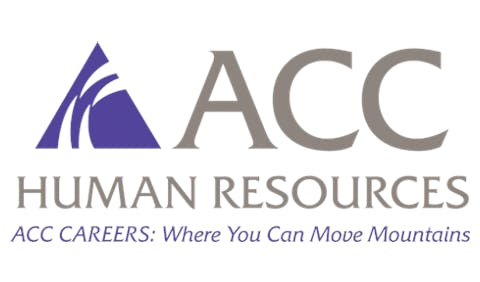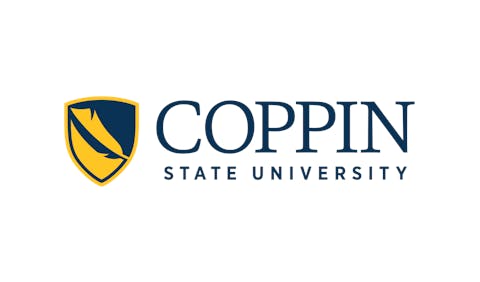In May, during Asian Americans and Pacific Islanders (AAPI) Heritage Month, the U.S. Department of Education took the much needed step of formally recognizing institutions serving a critical mass of AAPI students. Alongside other institutions serving students of color and low-income populations, Asian American and Native American Pacific Islander-Serving Institutions (AANAPISIs) are now eligible to receive federal resources for institutional capacity building and to ensure postsecondary access and degree attainment for a diverse student population.
In conjunction with the Office of Civil Rights and with support from the White House Initiative on Asian Americans and Pacific Islanders, as well as countless community and advocacy organizations such as the Asian & Pacific Islander American Scholarship Fund, the Education Department has sent a much-anticipated signal to the education community; one that celebrates emerging minority-serving institutions (MSIs) for a quickly changing American demographic.
Next to the Hispanic population, the AAPI population is our fastest growing. And like many in the Hispanic community, a growing number of AAPI students have a strong inclination toward pursuing science, technology, engineering and mathematics (STEM) careers, particularly in the health sciences.
According to a recent report by the National Commission on Asian American and Pacific Islander Research in Education, more than 15 percent of the Chinese, Sri Lankan, Malaysian, Filipino and Asian Indian populations are employed in health and STEM occupations.
While this trend is cause for celebration at a time when the nation needs more STEM workers, not all AAPI students are excelling academically or receiving the same opportunity to enter STEM fields—a notion that is still foreign to many educators and policymakers who continue to view AAPI students as unaffected by social, economic and academic barriers.
Even the most culturally sensitive educators can easily fall into the proverbial trap of viewing all AAPI students as high-achieving despite long-standing attempts by advocates to break down the so-called “model minority myth” that all AAPI students are high achievers and thus without the need for academic and social support or research and policy attention.
This myth is in part perpetuated by national statistics that fail to account for the numerous sub-populations that lie within the overarching AAPI racial category. According to U.S. Census data, the AAPI population includes 48 different ethnic groups speaking more than 300 languages; and yet, our most widely used national source of higher education data, the Integrated Postsecondary Education Data System, places all AAPI ethnicities into one “Asian or Pacific Islander” category (much like how the “Hispanic Origin” designation accounts for all Latino subpopulations).
Also clouding judgment is the great influx of AAPI students into prestigious research universities, such as UC Berkeley and MIT. Given that such institutions rest atop our nation’s academic hierarchy, it is easy for faculty and students alike—whether employed by, or attending, such institutions—to take the lived reality of top-tier universities as representative of the academic landscape writ large.
Upon closer evaluation, many of the nation’s fastest growing AAPI ethnic groups have some of the nation’s lowest educational attainment rates, live in poor urban areas, and attend schools with high dropout and low achievement rates. In short, these populations are facing much of the same great barriers to higher education as do populations considered historically underrepresented.
In fact, AAAPI students often have the same or similar life and educational profiles as other underrepresented groups:
- In 2005, close to half of all postsecondary AAAPI students were enrolled in public two-year colleges—an important entry point for minority STEM majors
- Close to 75 percent of the AAAPI population are not native English speakers
- More than 40 percent of the Cambodian, Laotian, Hmong, and Vietnamese populations have less than a high school degree
- There remains a lack of AAPI persons in top leadership positions across STEM industries and in academe
With federal resources now available, AANAPISIs and their STEM departments must take their hard-fought designation seriously and work to address the unique support needed by most underrepresented AAPI students. This necessarily includes community outreach, as most AANAPISIs are located in areas with large low-income AAPI populations. Indeed, there is much discussion on the role of AANAPISIs in AAPI communities—just one of many topics for deliberation at the June 27-28 Asian & Pacific Islander Scholarship Fund’s Higher Education Summit in Washington, D.C.
Yet perhaps most important, the folding in of AANAPISIs to the ‘MSI’ community signals a new era of inclusivity. With focused attention to our nation’s most underrepresented populations, advocates and policymakers can work to build tailored solutions while at the same time celebrate the advancement of a diverse community of students of color—in STEM fields and in higher education at large.
Dr. Lorelle L. Espinosa is the director of policy and strategic initiatives at the Institute for Higher Education Policy, a Washington, D.C.-based independent, nonprofit organization that is dedicated to increasing access and success in postsecondary education around the world.















